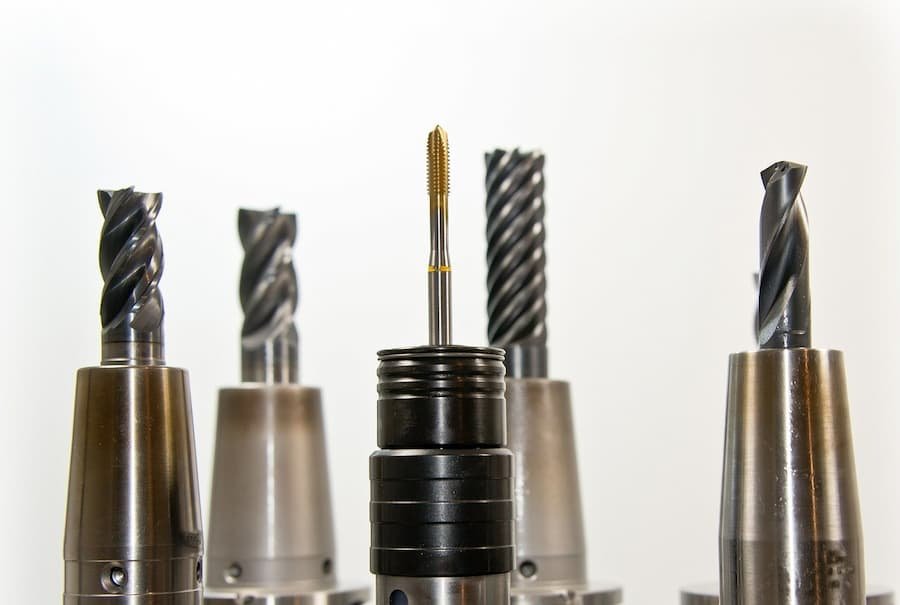When you have used machine tools for some time, you get a good sense of how to use them based largely on intuition. However, this isn’t always the best approach. If you want to consistently achieve excellent results, you should strongly consider running through the appropriate calculations to ensure that your project is planned properly.
Table of Contents
Using the Exact Formula Matters
When tap drilling, you need to find the right bit size to work for your tap. Typically, this will be the inside diameter of the tap. In other words, you should subtract the pitch of the thread from the outer diameter of the tap. The formula for this is drill diameter = outer diameter – thread pitch. This is a very simple calculation, but it is important to use.
First and foremost, you want to always be sure that your drill bit is smaller than the inside diameter of the tap. Otherwise, your tap will not achieve the desired results (in some cases, the result may even be unusable). Furthermore, your drill should not be too small otherwise, the tapping process will be challenging and slow.
There are guidelines for the tap and drill bit needed for standard hardware sizes. Nonetheless, it is a good idea to be familiar with the formula. Getting it exactly right will improve your project results.
Calculating Tap Drill Size the Easy Way
You can work out these numbers yourself with a pen and paper. However, there is an even easier option. You can simply use the Kennametal tap drill size calculator. This will help you to work out the cutting and forming parameters very quickly. There is also a calculator for the major diameter based on the machine screw size. This is a fast, simple and error-free way to work out the math.
Fine-Tune Your Processes for Turning
A similar process can be used for turning. If you want to maximize your efficiency and improve your results, you should carefully plan projects. This will help you apply your turning tool more accurately to achieve the desired cuts to your workpiece.
There are quite a few calculations that can impact your turning work. Cutting forces, torque and horsepower should all be worked out. You may also need to calculate time for face, cut-off and deep grooving. Boring bar deflection calculations are also helpful. Finally, you may want to work out the math for your surface finish.
When you figure out these numbers with a machining calculator, you can reduce the likelihood of making a mistake. Additionally, it will help you to be more precise and productive with your work. In short, spending a little time on planning can save you a lot of time and effort later.
Find Tools and Resources for Tap Drilling and More
Discover more about achieving the best results from tapping and turning today. Kennametal has both the high-quality, commercial tools and the resources you need to get the job done. Check out our catalog of tools and the many resources on our website that can help out with your next project.
Visit the rest of the site for more useful articles!

